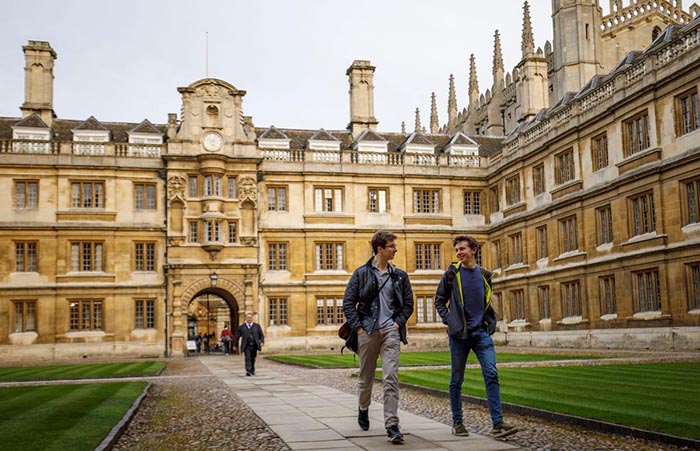
From Forbes
By Brandon Busteed
May 7, 2022
For decades, a disproportionate amount of attention has been paid to and showered upon a tiny number of the most selective colleges and universities in America. Less than one half of one percent of undergraduates in the U.S. attend an Ivy League institution. Yet countless news articles and attention are focused on these and other elite institutions. This week’s higher ed news was dominated by the announcement that one of the wealthiest universities in the world just became $1.1 Billion richer. But for as much as these elites may continue to enjoy a large part of the mindshare of ‘college,’ the future is very much in the hands of a new class of elite university – those that are the fastest growing and most student-centric institutions. And the ‘dueling-piano’ impact from having two types of elite universities will make higher education better for everyone.
The growth of institutions such as Western Governor’s University (WGU), Southern New Hampshire University (SNHU), Arizona State University (ASU) and a handful of others has created a new elite in higher education. They are elite in who they serve as opposed to who they turn away. This has been a famous refrain made by Michael Crow, President of ASU, for years. And it’s the driving principle that has propelled ASU to being named the Most Innovative University in America for 7 consecutive years. Both WGU and SNHU currently enroll over 135,000 students each, making them the largest universities in the country. WGU was founded a mere 25 years ago and SNHU (its current online form) launched just 27 years ago. At their current run-rate of annual graduates, WGU’s alumni base will surpass the largest in the U.S. (The Ohio State University) in roughly 5 years – which means WGU will produce more graduates in 30 years than Ohio State has in over 150.
At a time when degree-seeking enrollments in U.S. higher education have declined for more than a decade, the role that these new elite universities are playing is quite profound. Recent analysis, for example, shows that were it not for the growth of just three institutions (WGU, SNHU and Liberty), enrollments in private non-profit universities nationally would have shrunk 1.1% between 2012 and 2020 rather than grown 5.5%. As the U.S. seeks to drive college completion rates – most especially for underserved students – the ‘new elites’ are the model for the future. This does not make the ‘traditional elites’ obsolete, of course. They will continue to enjoy massive applicant pools and play leading roles educating some of the world’s brightest students — but, let’s be honest, mostly the world’s brightest, rich students (among “Ivy Plus” colleges, more students come from the top 1% of income distribution than the bottom 50%).
In the decade to come, there will be a considerable power shift. The new elites will hold the most influence across higher education broadly, including across the traditional elites themselves. And this will be for good reason and tremendous opportunity. Why are the new elites growing exponentially at a time when the rest of higher education is in decline? One simple answer: an obsessive focus on student-centricity. The new elites are institutions that have worked diligently and relentlessly to understand the needs of learners – and most particularly the traditionally underserved ones. The new elites have focused on access, affordability, flexibility and eliminating all form of obstacles in the way of a learner. Is it any surprise that the president of WGU was a former executive at Amazon – perhaps the world’s most customer-centric company? (But don’t worry, there’s plenty of hope for liberal arts backgrounds too; the president of SNHU was an English professor.)
Why can’t a university be both elite and accessible – as I have argued in the past? What would a traditional elite university of a million students look like? Can great scale also contribute to great quality? What does it mean to be truly student-centric as a university? These are the questions that will prompt board of trustee conversations across the country – driven by the example of the new elites. At a time when confidence in higher education has waned for years, the new class of elite universities will help bring a desperately needed renewed optimism among Americans.
Photo: Forbes
Read this and other stories at Forbes

